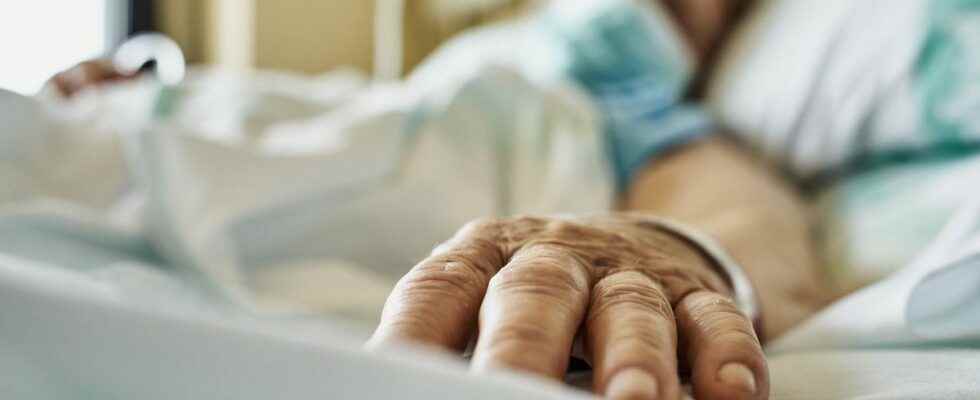Posted ,
Reading 3 mins.
in collaboration with
Dr Gérald Kierzek (Medical Director of Doctissimo)
After two years of pandemic, it is now possible to draw a profile of patients who have had a severe form of the disease. This is in any case what emerges from a study carried out by the Department of Research, Studies, Evaluation and Statistics (DREES) and published by INSEE.
This study “covers the period from March 2020 to November 2021, i.e. the first four waves of the Covid-19 epidemic and is based on data from more than 67 million individuals residing in metropolitan France, of whom 382,000 were hospitalized with Covid-19″ explains INSEE in its report.
Robot portrait: a man from Africa, over 60 years old and of modest means
According to the results of this study, if we were to draw a composite portrait of the typical individual being more at risk of a serious form of Covid-19, we would find a man from Africa, both Maghreb and sub-Saharan Africa. -Saharan, over 60 years old and of modest means.
If age and sex are known risk factors, this study supports this idea by showing that the over 60s accounted for 72% of people hospitalized, against 27% for the general population. Men were also at higher risk, particularly after age 60, as 52% of hospitalized individuals over age 60 were men
The living conditions singled out in the study
A new fact demonstrated in this study: the socio-economic condition of individuals is shown to be an aggravating factor for the disease. Indeed, the figures surveyed show that “33% of hospitalized individuals aged 50 to 74 live in accommodation with an area per person of less than 30 m2“.
The risk of hospitalization increases as the inhabited surface decreases, surface belonging more often to the social park. The link with Covid-19? It resides in “the increased risk of exposure to the virus in confined spaces where contact is more frequent and barrier gestures more difficult to put in place” explains INSEE.
A lower standard of living
Another highlight in this work: the standard of living of people affected by a severe form of Covid-19. Unsurprisingly, it is people who have a standard of living “6%” lower than the population average who are most affected. And for good reason: when the standard of living drops, comorbidities are more frequent and the risk of exposure to the virus is greater, in particular due to the working conditions of these people.
Indeed underlines the INSEE, “it is possible that the unequal distribution of comorbidities according to standard of living is particularly evident among the youngest, whose health may be degraded due to unfavorable living or working conditions.. Finally, the role of vaccination is noted in the fourth wave of Covid: vaccination by age explains a different spread of the virus and the latter affected more modest people, who were also in fact less frequently vaccinated.
Consult a GP online
“A triple punishment” described by Dr. Kierzek
For Dr. Gérald Kierzek, emergency physician and medical director of Doctissimo, this study depicts a “triple penalty” for this particular category of the population. “This study shows that in addition to being victims of risk factors such as age or other comorbidities, such as obesity or diabetes, these people are also the least socially advantaged. They live more in smaller apartments, with a lower standard of living… And in addition, often in areas where there is less good medical coverage. As we well know, the delay in treatment and diagnosis greatly influences the sequence of events. And this applies to many pathologies and not just to Covid-19″ denounces the doctor.
